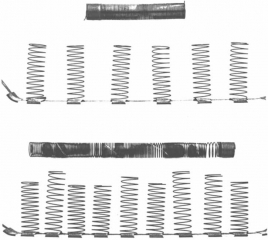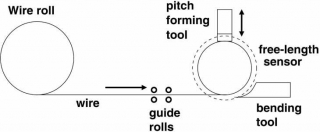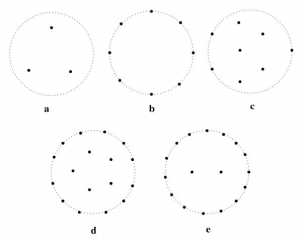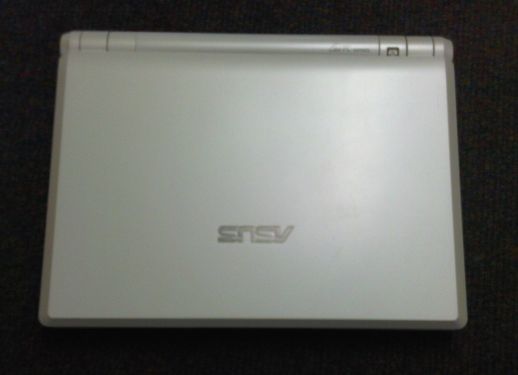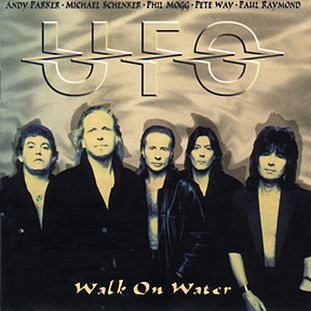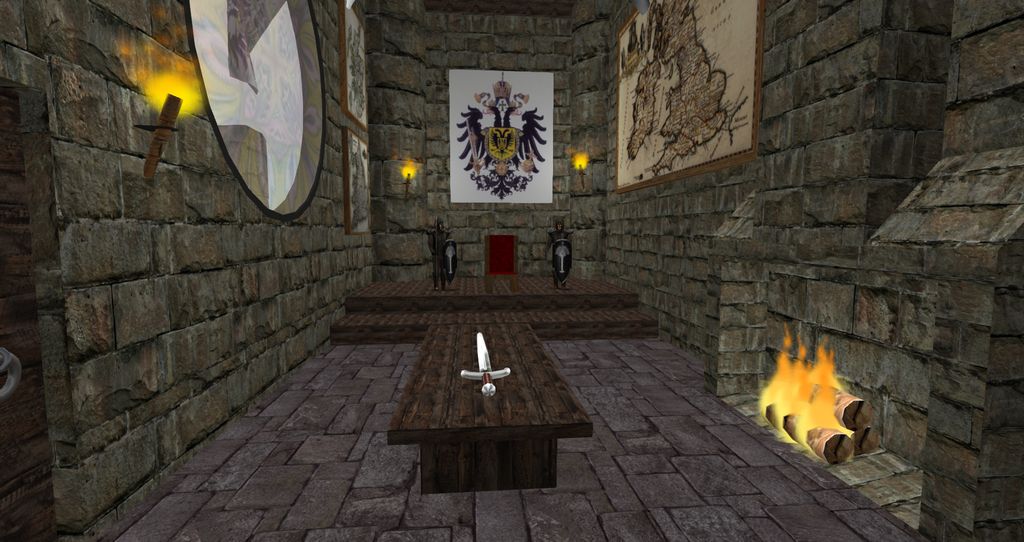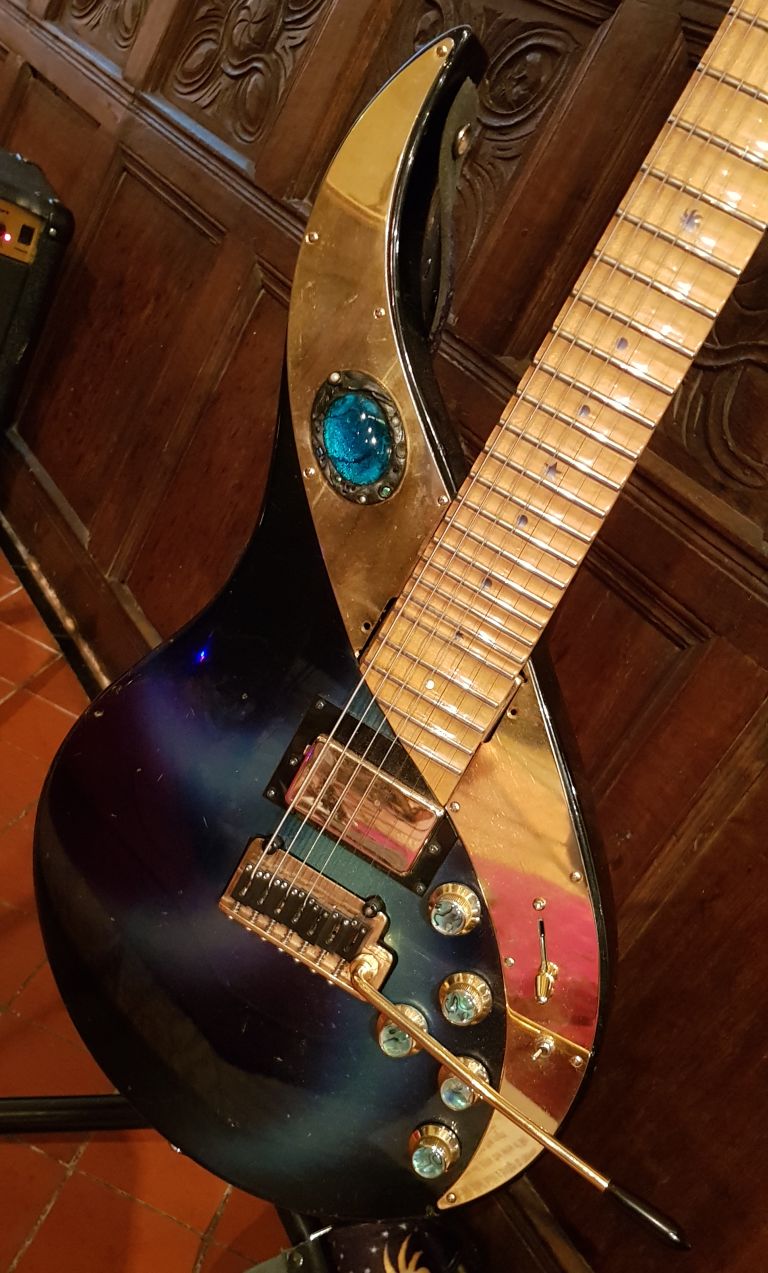Another mathematical interest is industrial problems, starting with my first post-doc on spring coiling through my time at the Oxford Centre for Industrial and Applied Mathematics (OCCIAM), and continuing with my involvement at European Study Groups with Industry (for which I was a local organiser for ESGI 73).
Fracmat and Dynacon
Within the spring coiling industry it can be quite typical to discard 5-10% of production due to springs being beyond tolerance levels, for a production run of tens of thousands of springs this can amount to considerable waste. The first way to reduce this waste is to begin with the best quality wire for coiling, but two seemingly identical drums of wire could produce wildly differing results. This is where the Fracmat (FRACtal MATerials) project came in, using techniques for analysing chaotic time series to produce quality control measures which became invaluable for the industry in the UK.
The success of this project led to a follow up, Dynacon (DYNAmic CONtrol), which attempted to use current chaotic and fuzzy control techniques to improve on the industry standard in-line control techniques which were implemented in environments with high levels of noise.
A summary of these two projects appeared in a special edition of the Journal of Mechanical Engineering Science (Wood 2006).
Optimisation of Hydrophone Placement
Hydrophones are essentially directionless underwater microphones used to detect anything from fish to submarines, in order to be able to detect the direction that sound is emanating from they are placed in arrays of up to 20 hydrophones and then there is a neat method for”steering” them towards the sound that is of interest. The question is how to place them within this array (see figure below).
Optimised hydrophone placement
European Study Groups with Industry
I have attended all but one of the UK Study Groups with Industry since 1998, along with a number of the Danish Study Groups (including the inaugural one in 1998). The general format of these week long Study Groups, started at Oxford in the late 60s, is you get a bunch of academics and PhD students and on the first day present a number of problems brought by industrialists. The week is then spent attempting to throw as much mathematics at them as you can and coming to a conclusion by the end of the week. Problems I have been associated with over the years include:
- Chlorination of Swimming Pools (Grundfos)
- Aircraft Scheduling (NATS)
- Optimal Customer Account Classification (Numbercraft)
- Shimmy in Aircraft Landing Gear (Airbus)
- Accuracy of a video odometry system for trains
ESGI 73 at Warwick University
 The 73rd Edition of this sequence of Study Groups was held at Warwick from April 12th to 16th 2010 for which I was the local organiser. There were approximately 90 participants with, in addition to UK attendees, notable delegates from Denmark, Poland, South Africa and Brazil. Seven problems were worked on:
The 73rd Edition of this sequence of Study Groups was held at Warwick from April 12th to 16th 2010 for which I was the local organiser. There were approximately 90 participants with, in addition to UK attendees, notable delegates from Denmark, Poland, South Africa and Brazil. Seven problems were worked on:
- Structural Models for Wind Turbines (Teknova)
- Emitter-Platform Association (SELEX Galileo Ltd.)
- Modelling Hurricane Track Memory (Lloyd’s of London)
- Earthquake Risk: Including Uncertainties in the Ground Motion Calculation (AIR Worldwide)
- A Neutrally Stable Virtually Pivoting Chair (61-54 Design)
- Dynamic Line Management (TalkTalk)
- Fractal Properties of Soil (Syngenta)
References
- D. Wood, Making Better Springs Using Aspects of Chaos Theory, Journal of Mechanical Engineering Science 220, pp 253-269 2006.
- D. Wood, D. Allwright, Optimisation Of Hydrophone Placement: A Dynamical Systems Approach, European Journal of Applied Mathematics 14, pp369-386, 2003.






